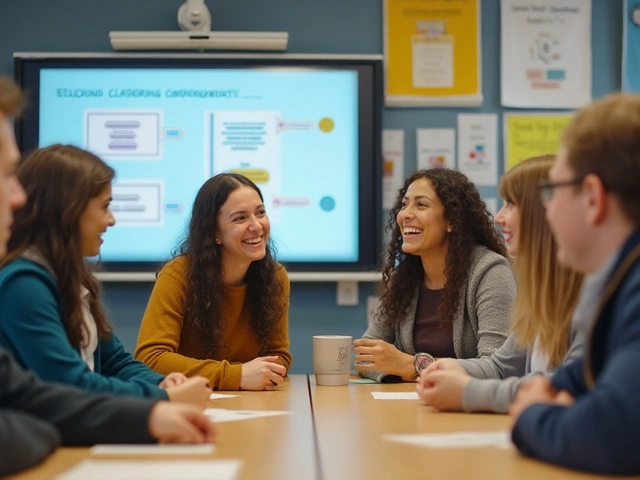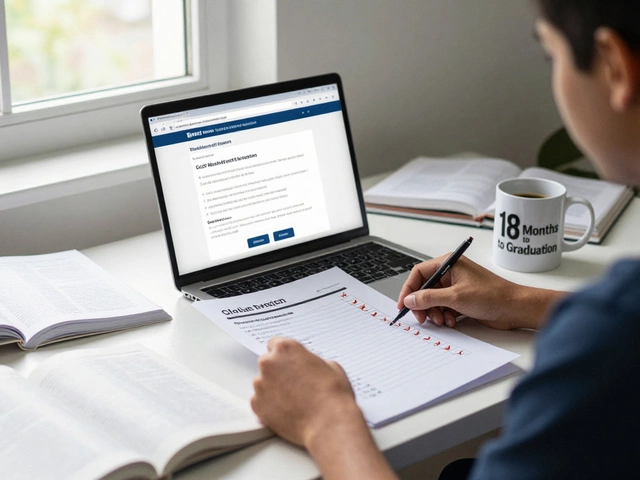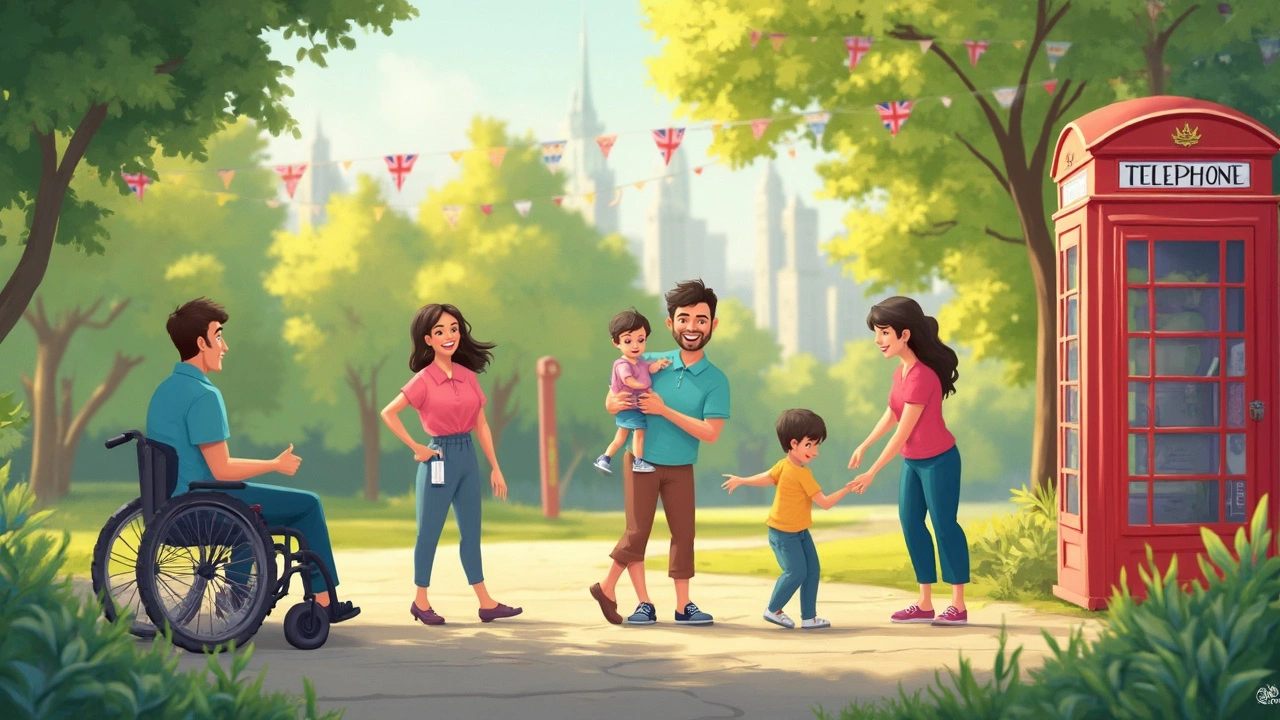Disabilities – Practical Help and Easy‑to‑Use Resources
Looking for solid, no‑fluff advice on disabilities? You’re in the right place. This page pulls together real‑world tips, clear explanations, and quick actions you can take whether you’re a teacher, parent, or just curious.
Understanding Common Disabilities
First off, know what you’re dealing with. Autism, for example, often shows up as specific mannerisms or stimming. Our article “Autism Mannerisms: Understanding Unique Behaviors and Communication” breaks down why those actions happen and how to respond with empathy.
Learning difficulties and physical challenges also fall under the wider disability umbrella. Each one brings its own set of needs, but the core idea stays the same: provide clear, consistent support and keep communication open.
Simple Strategies for Everyday Support
Got a child with special needs in the classroom? Start with the basics: visual schedules, short instructions, and regular breaks. The post “Practical Strategies for Supporting Children with Special Needs in the Classroom and Beyond” gives a step‑by‑step rundown you can copy straight into your lesson plan.
For parents, a quick win is setting up a quiet corner at home where the child can regulate sensory input. Pair that with a simple reward system for completing tasks, and you’ll see calmer behavior and more focus.
If you’re a tutor or mentor, the “First‑Time Tutoring Guide: How to Tutor Effectively for Beginners” offers a cheat sheet on building rapport and keeping sessions structured—perfect for students who need extra predictability.
Teachers looking to speed up their training can check out the “Fastest Teacher Training Program” guide. It lists short‑term courses that still cover essential inclusive teaching methods, so you’re not stuck in a long‑term program before you can help the kids who need it.
When it comes to behavior, recognizing triggers is key. Our “Special Needs Behavior Example” article walks you through spotting early signs and adjusting the environment before a situation escalates.
Don’t forget mental health. Kids with disabilities often face anxiety or low self‑esteem. Simple check‑ins, celebrating small wins, and involving them in decision‑making can boost confidence dramatically.
Beyond the classroom, look for community resources. Local support groups, online forums, and even free webinars can provide fresh ideas and emotional backing for families.
Finally, keep learning. Disabilities aren’t static; new research and tools appear all the time. Bookmark this tag page and revisit it for fresh articles, from scholarship tips for disabled students to the latest inclusive teaching strategies.
Ready to put these ideas into action? Pick one tip, try it today, and watch how a small change makes a big difference for the people around you.







